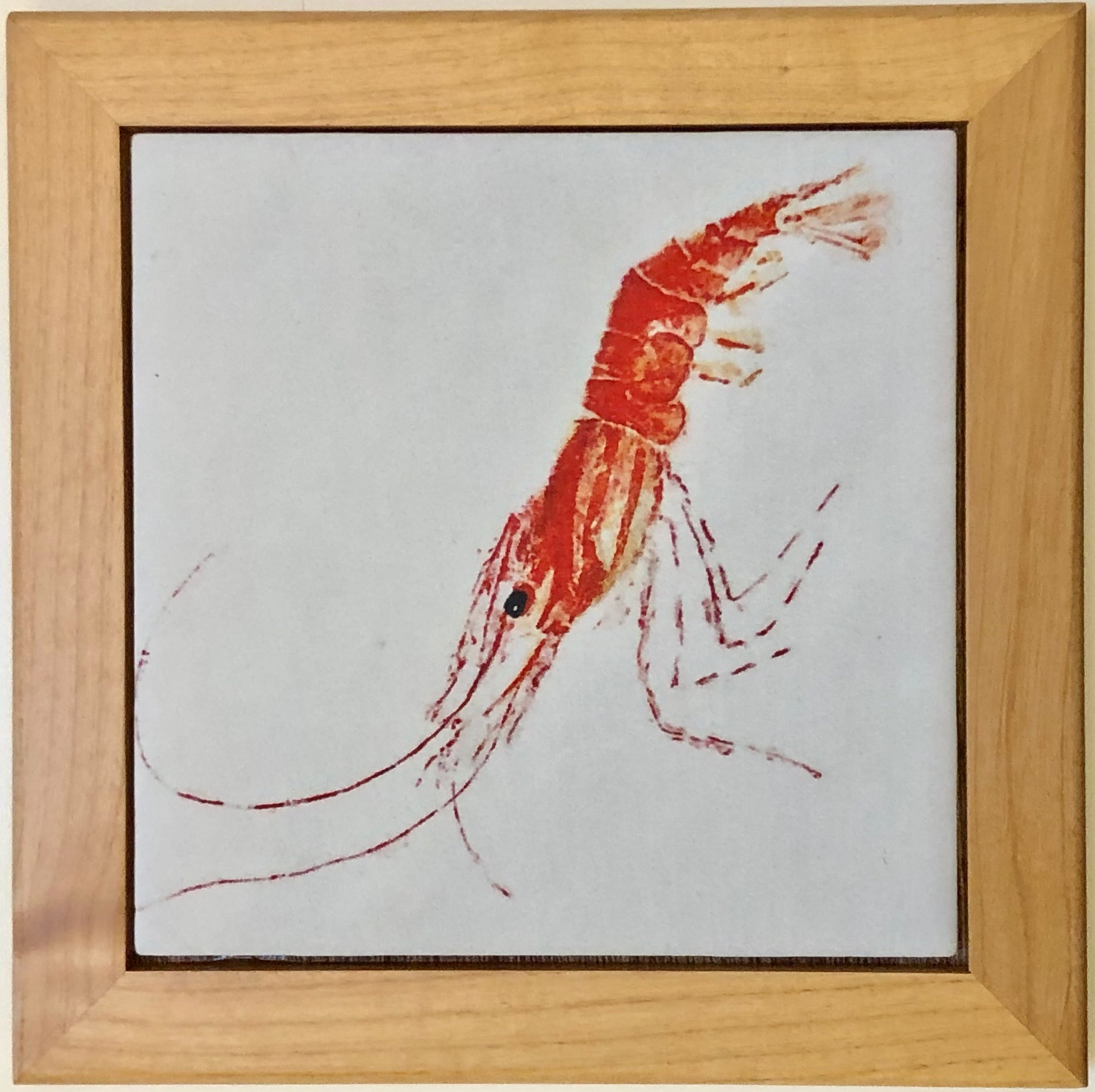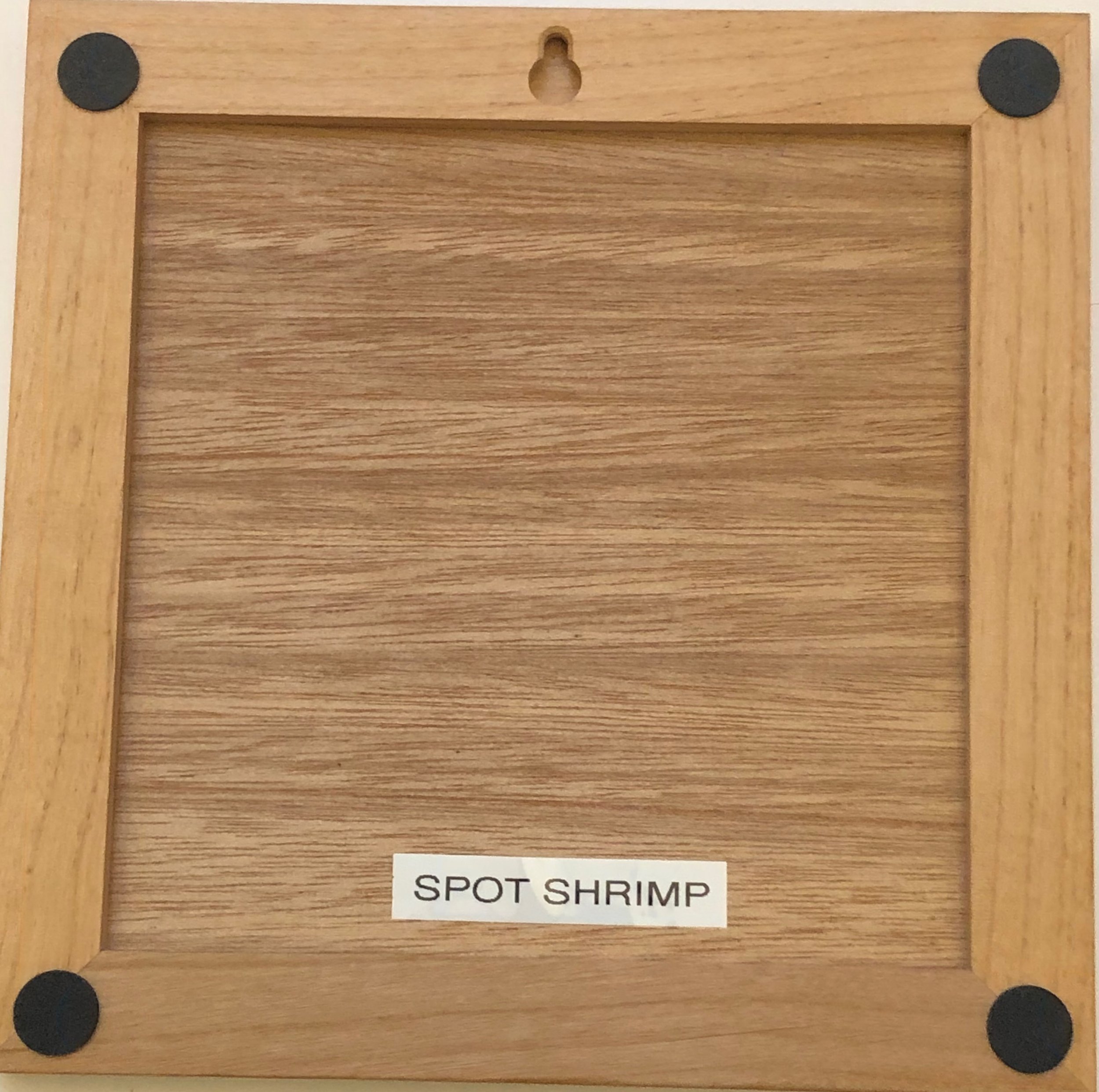My lifelong passion for fish and creative nature made my initial encounter with gyotaku in 1968, “love at first sight”. As a graduate student in fisheries, I had an unending stream of fish to print. With fellow graduate students I explored the Japanese roots of the art, discovered suitable materials, and developed my own delicate style. The more I printed, the more I came to see and appreciate textures and forms in nature.
Japanese fish printing, or gyotaku, was first done in the mid-1800s in Japan to celebrate fishes caught for a samurai lord’s feast. The techniques were probably developed from old Chinese stone rubbing techniques dating back 2000 years. In the past 50 years, artists in Japan and elsewhere have refined these techniques into a sophisticated art form. The combination of the importance both of seafood and printmaking in Japan make this art form widely known.



